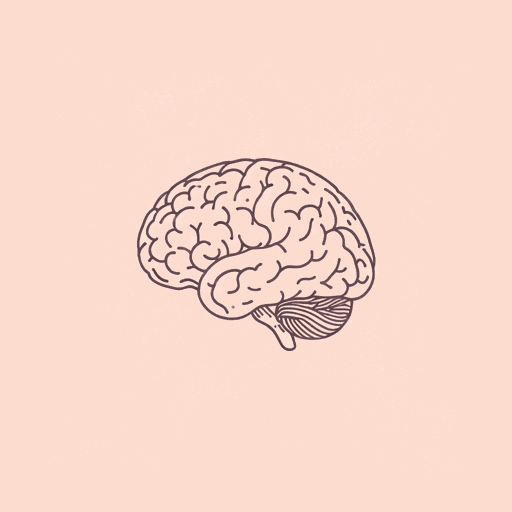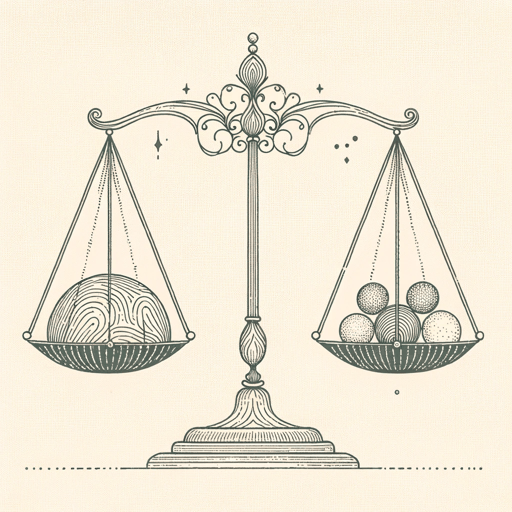92 pages • 3 hours read
Robert M. SapolskyBehave: The Biology of Humans at Our Best and Worst
Nonfiction | Book | Adult | Published in 2017A modern alternative to SparkNotes and CliffsNotes, SuperSummary offers high-quality Study Guides with detailed chapter summaries and analysis of major themes, characters, and more.
Chapter 4Chapter Summaries & Analyses
Chapter 4 Summary & Analysis: “Hours to Days Before”
The study of hormones is called endocrinology. For an introduction, see Appendix 2. This chapter asks how hormones, such as testosterone, oxytocin/vasopressin, and stress hormones determine behavior in the hours to days before it occurs.
Testosterone
Across abundant species, males have higher testosterone levels than females, are more aggressive than females, and are most aggressive at periods when testosterone is highest (adolescence and mating season). However, studies show castration reduces but does not fully eliminate aggression. This means testosterone is correlative to aggression, not causative. In other words, it is not testosterone that “makes us aggressive.” This incites an argument that will run through both Sapolsky’s discussion of testosterone and oxytocin/vasopressin. Although we tend to think of hormones as simply causing events in the body to occur (higher testosterone = higher aggression), the actual effects of hormones are context dependent. Just like the morality of a behavior depends on its context, so too does the effect of a hormone.
Testosterone increases confidence and optimism, boosts impulsivity, and creates a pleasure response when spiked. How each of these effects plays out in our actions, however, is context dependent. In primates, testosterone tends to increase aggression.
Related Titles
By Robert M. Sapolsky




